August is the time of escape from Washington, when thousands of workers and political types leave the swampy heat of the nation’s capital and escape to the country’s coasts and countryside.
For a brief few weeks the frenetic pace of lobbying, networking, and the activities of an increasingly dysfunctional White House slows down. This is the time to stop, reflect and reconnect with America.
Crossing the Potomac river, leaving the sultry heat of Washington, the familiar shapes of the city’s skyline gradually slip from view.
Within minutes, as I join the I-95 freeway, a sign appears: “Welcome to Virginia.”
The journey south begins. Arlington; Alexandria; Fredericksburg. The place names slipping by are a reminder of the war that divided the country a century and a half ago, the modern highway tracking the route of the Civil War trail that left an indelible mark of blood and conflict in the soil.
After a few hours’ drive, the city of Richmond approaches in the distance, its modest skyscrapers and old power plants proudly heralding the historic city.
I take a brief stop for lunch in Shockoe, one of the oldest parts of the city. The rusting rail tracks and warehouses, now competing with galleries, tech companies and coffee bars, show a city proudly mingling history and modernity. Nearby stands the old stone house of Edgar Allan Poe, the great American gothic writer. A few blocks down is Libby Prison where prisoners of wars were kept in the Civil War.
Though just two hours away, the political life of Washington seems a world away.
Back on the I-95, driving deeper into America, the landscape starts to slowly change. Acres of rich land stretch into the horizon; the sun begins to beat down.
As I veer west off the highway and into the countryside, manicured gardens peek from behind picket fences; plum trees line the roads, their heavy loads glistening in the sun. The persistent hum of cicadas penetrates the air.
This is North Carolina. This is the South.
‘Five types of barbecue’
It's a weekday morning in the town of Durham, North Carolina, and I'm having breakfast with Mark Anthony Neal, blogger, commentator and professor of African and African American studies at Duke University.
We are talking politics, history and Donald Trump – like most of the country, in fact. For all its chaos and disruption, the Trump presidency has pushed politics to the top of people’s agenda. It is consuming the country.
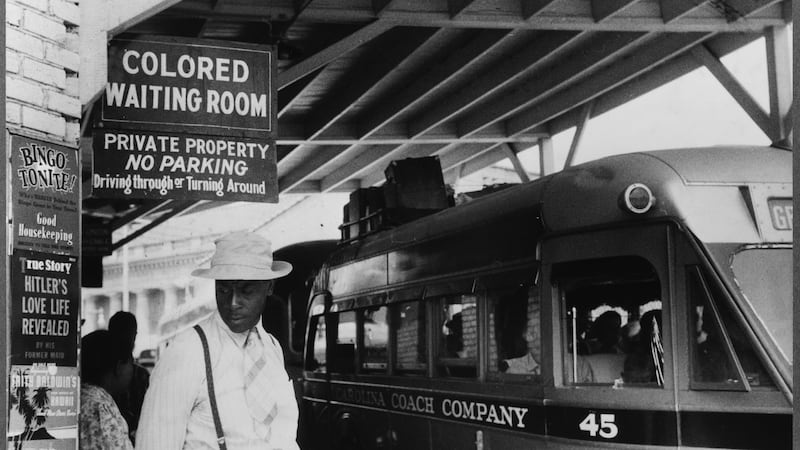
In many ways North Carolina is a microcosm for the nation – a place of contradictions – where Republican meets Democrat, north meets south, black meets white.
Stretching from the wealthy university towns such as Durham in the east to the rural mountainous regions of the Appalachians touching Tennessee and Kentucky in the west, this state of 11 million people captures many of the internal contradictions of the US.
As Republican congressman Mark Meadows put it recently as he tried to describe his home state to a Washington audience: "We have five different types of barbecue in my region alone."
One of a handful of so-called “purple states” – states that have a similar level of support between Democrats and Republicans – some of the nation’s biggest political and cultural debates have played out in North Carolina.
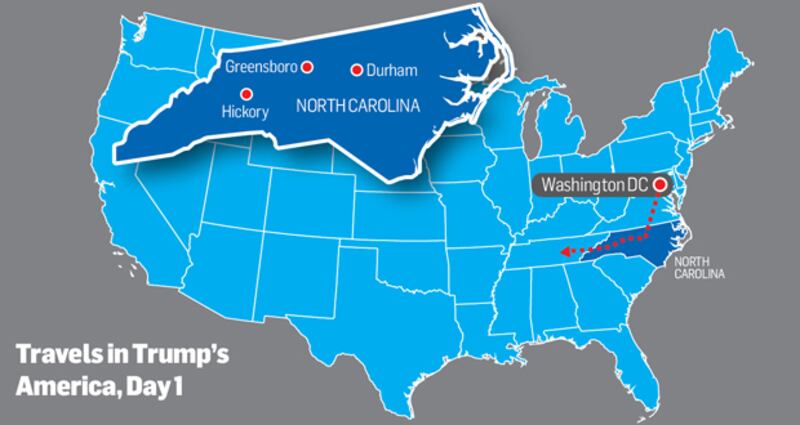
In 2012 it hit the headlines over the "bathroom Bill" after the state governor ruled that transgender people were banned from using the bathroom that aligned with their gender identity. The reaction was explosive. As well as dividing the country along partisan lines, the decision prompted the National Basketball Association to pull their all-star game from the state, while big companies such as Deutsche Bank abandoned plans to expand in the state.
Prejudice ‘with surgical precision’
Today, North Carolina finds itself at the centre of another battle. In 2013 the Republican-controlled state legislature introduced a series of voting measures, including reducing the early-voting period and introducing new photo ID measures.
In a landmark case last July the fourth circuit appeals court found that the laws had targeted African Americans “with almost surgical precision” by introducing restrictions on voting methods that were used mostly by black voters. Certain forms of ID used mostly by black voters were banned, for example, while those used mostly by whites, such as driving licences, were retained. With African Americans tending to vote Democrat, the changes were seen as politically motivated.
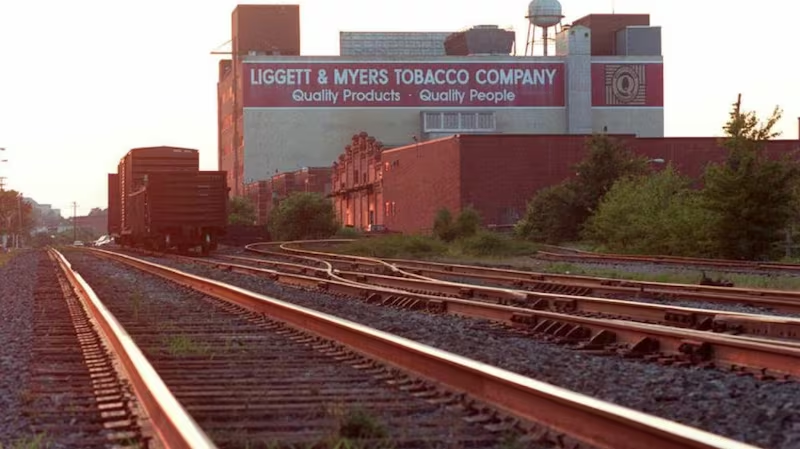
“As a result of these state-sanctioned measures there was a drop in the percentage of African Americans voting early in last year’s election in North Carolina,” Neal says. “This is an issue happening across the country.”
For many in the black community it is the latest incarnation of a voter-suppression strategy that has characterised US history.
“This kind of practice has happened throughout US history. Before the civil rights movement and the Voting Rights Act in 1965, policies such as literacy tests were used to suppress the black vote. Targeting voting methods that are used by minorities is just another method.”
It follows long-term unease about gerrymandering in the state. By ensuring that a high percentage of black voters are consigned to certain districts, it dilutes their presence in other districts in the state. It is one reason why, despite having a relatively equal number of Republican and Democratic voters, Republicans hold 10 of North Carolina's 13 seats in Congress. The Supreme Court has given the state until September 1st to redraw its districts.
While Republicans are not alone in redrawing districts to suit their own party, the party’s rapid dominance in state legislatures and governorships in recent years mean it has been more successful in shaping electoral districts and voter rules to its electoral advantage.
Though highly technical, the issue of gerrymandering is emerging as a major political issue in the US, and one that is likely to overshadow next year’s midterm elections.
"Restrictive voter ID laws and the racial and political motivations that lie behind them are one of the most significant issues facing the black community and minorities today," says Neal as we sit outside on the terrace of Parker and Otis, a popular coffee shop and gift store in downtown Durham.
Looking out at the town of Durham, vestiges of the past are everywhere. Old tobacco buildings and brick warehouses are dotted around the streets. The tower of the former Lucky Strike tobacco factory looms over the town, a reminder of the industry that thrived here for almost 200 years. It was an industry powered in part by slave labour in the nearby fields.
‘Segregation was just a generation ago’
Like many towns in the South, Durham’s history is blighted by the history of slavery and segregation.
The region was home to several plantations in the 19th century. Just north of the town visitors can take a tour of Stagville, one of the largest plantations in the region, where 900 slaves worked the 30,000-acre estate.
Durham native Sarah Milwaukee, who is 72 years old, has lived in the region all her life. She went to school in the town and remembers segregation. "It was just a generation ago. We didn't know any better."
By the 1960s things began to change, as North Carolina and other southern states moved to desegregate schools. An hour west of Durham is Greensboro, the site of the famous Greensboro sit-in in 1960 when four black men took their seats at a whites-only lunch counter in Woolworths. The protest was one of the most important of the civil rights movement, leading the store to abandon its segregation policy. Today it's a civil rights centre and museum.
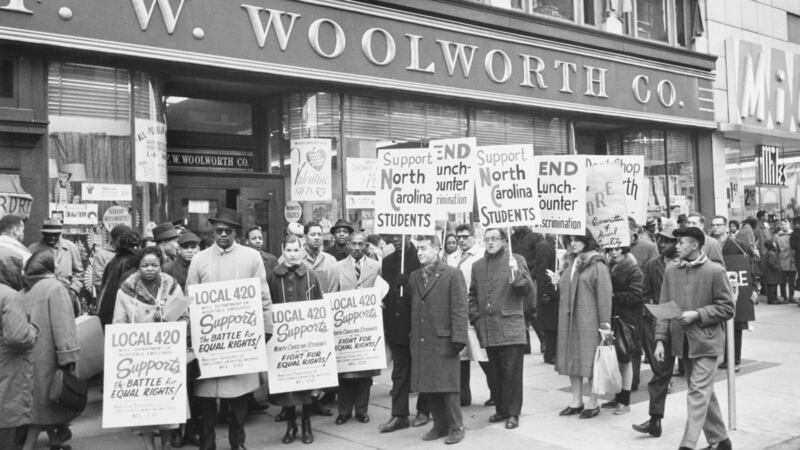
For many, however, segregation is still here, if you look hard enough. Like many areas in the US – including Washington, DC, which has one of the biggest black populations in the country – towns in North Carolina still divide along racial boundaries, communities where people still live alongside people of their own race.
As I talk to people in Durham the legacy of Barack Obama comes up. Obama won North Carolina in 2008 but lost it in 2012 to Mitt Romney. One of the questions raised by the Trump victory is whether the democratic defeat was a reaction to the first black president, as much as any latent misogyny towards Hillary Clinton.
But Obama also has a complex relationship with the black community. Black Lives Matter, the movement that emerged from the outrage over police shootings of black men, had an ambivalent relationship with the first black president. Several of its leaders refused to meet Obama, believing he had not done enough to tackle the problem of racial discrimination in the criminal justice system.
“I think one of the issues facing Obama was that there was a sense among the black community that his presidency was too focused on national issues, not enough on the state,” says Neal.
Many are wondering what Obama will do next, with some activists hopeful that he will take up the issue of voter ID laws and redistricting.
The complexities of Obama's relationship with the black community are explored in a seminal essay, My President was Black, by Ta-Nehisi Coates, a black author and commentator from Baltimore, published in the Atlantic in January.
Written in the wake of the Trump victory, the essay recalls a farewell party in the White House hosted by Black Entertainment Television (BET) in October. Coates evokes the carefree, magical evening on the south lawn of the White House. "They had no sense of the world they were graduating into. None of us did."
But it also explores the contradictions of Obama, “a black man with deep roots in the white world”. Based on interviews with the president, Coates’s essay traces how Obama had not been exposed to the kind of traumas and racial prejudice that had marked African Americans of his generation. As the son of a white woman, who was brought up by his white grandparents, his interactions with white people at an early age were positive.
Even in Chicago, Obama "despite his adherence to black cultural mores, was – with his roots in Kansas and Hawaii, his Ivy League pedigree and his ties to the University of Chicago – still an exotic out-of-towner," he writes.
Coates concludes what many in the black community expressed during the Obama presidency, and particularly as Michelle Obama played an increasingly visible role in the final days of the 2016 presidential campaign, that the "first lady is more representative of black America than her husband is".
‘We can scream all we like’
Back in the streets of Durham, six months after the election of a president that is experiencing historically low ratings among the population at large, most people I speak to are dismissive about Trump.
Thanks in part to the universities and research centres dotted around this region, Durham and nearby Raleigh have emerged as a liberal enclave in the state, with a high number of Democratic voters.
![Sam and his wife Lauren are South Carolina natives in their 30s who live in Raleigh. “I think it’s sad . . . that we have a leader as inexperienced and inarticulate as [Donald Trump] is,” says Sam.](https://www.irishtimes.com/resizer/v2/BUWI6ZLZWDJZ4MQEGVLWSCT7Y4.jpg?auth=7b69d6173b297ed98c2638dde17d72c90788c0fa91278e72dc2c2520bf4c37a5&width=800&height=449)
Sam and Lauren, who works in medical research, are both North Carolina natives in their 30s who live in nearby Raleigh. They voted Democrat. “I think it’s sad, having read a lot of US history, that we have a leader as inexperienced and inarticulate as he is,” says Sam. “That’s my honest opinion.”
It is a sentiment shared by Ashley and Brennan, an African American couple who live just outside Durham.
“It’s a pretty scary moment right now. I’d say the world view of the country is probably very skewed,” says Brennan. “I believe that a lot of decisions that are being made are not the correct decisions and unfortunately all of us have to deal with it. But what can you do? We can scream and yell all we like, but it doesn’t look like it will change.”
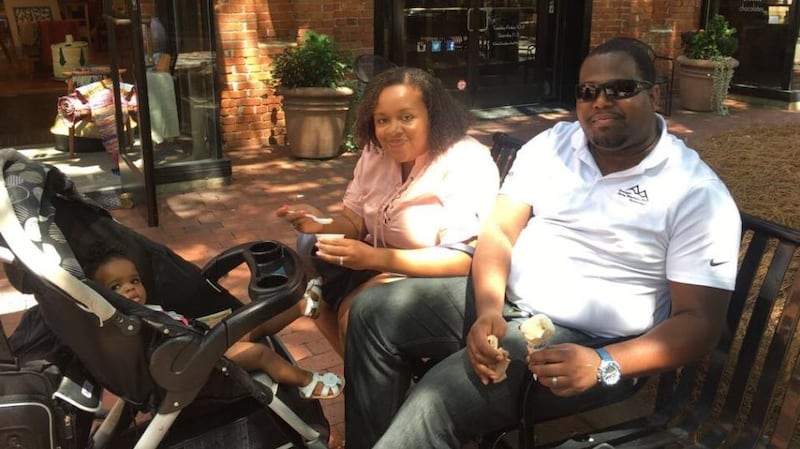
While Brennan voted for Clinton and Obama, he says neither was perfect. “I’m not saying that every decision was the best decision, but I think, on the whole, they reflected a view of the world that I agreed with.”
‘Washington doesn’t know Hickory’
Leaving Durham and driving west through the state towards Tennessee, the picture changes, and the political views grow more diverse. While the latest opinion poll puts support for Trump at 39 per cent, his support is generally holding up among his supporters. After all, almost 63 million Americans voted for him.
I stop at Hickory, a small North Carolina town about two hours west of Durham. Trump campaigned here last May, and the region voted heavily for the eventual winner.
I stop and chat to four workers who are taking a cigarette break from their work renovating a local school. The views from the four workers are mixed.
The youngest in the group says he is becoming frustrated with Trump, despite having voted for him. “The minimum wage in north Carolina is $7.25 (€6.13) and hasn’t changed from that for years. We’re hearing the economy is doing well but we ain’t seeing it.”
Mike, the oldest in the group is cynical – “They’re in Washington. They don’t have a clue what’s happening here in towns like Hickory,” he says, though he likes the fact that Trump is a businessman.
Then Jo, who has been sitting quietly, begins to talk. In almost perfect English he explains that he moved to the US in 2005 from Honduras. "I had a green card, but didn't think there was any point in getting citizenship. As soon as Trump got in I got my citizenship though."
As he becomes more comfortable he describes how people he knows are living in fear of immigration officers. One Honduran working in a nearby factory has to travel to Charlotte every few months to register with the police; he knows of another family who received a visit from immigration officials two months ago and are being deported.
As he talks, his colleagues grow quiet. Gradually, a strain of tension enters the air. As he talks he looks around for affirmation, but his colleagues say nothing, just look down at the ground as he talks. It’s time to get back to work, says Mike, abruptly.
As I return to the open road and drive farther west, the great Appalachian mountains, which run like a spine from north to south along the east of America, loom in the distance. Reminders of the legacy of the Scottish and Irish immigrants that once settled this area are evident as I pass through Burke county, McDowell county, Mitchell county.
Soon the shadow of the Great Smoky Mountains appears, a region where the Cherokee tribe once lived. I press the pedal and make the ascent. Next stop Tennessee.











